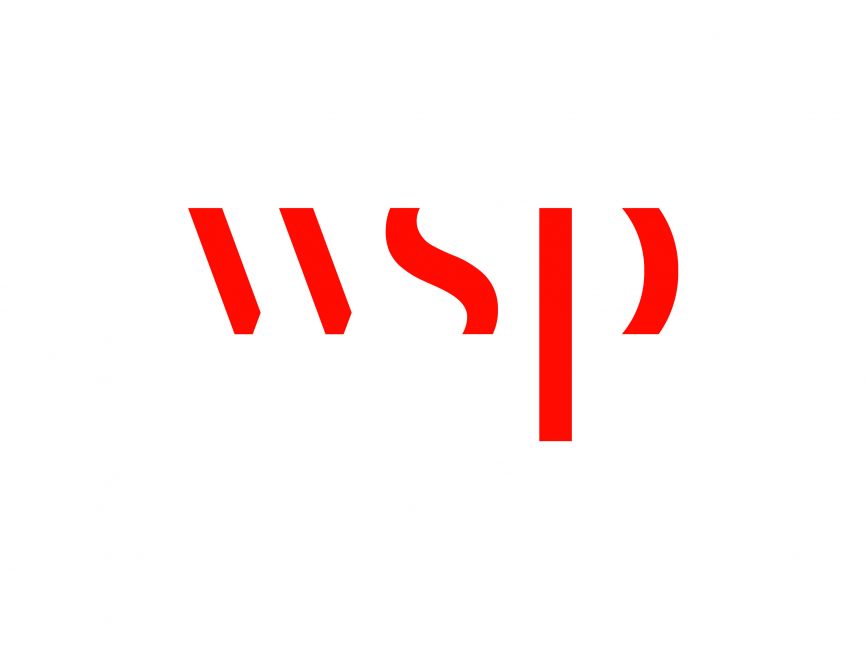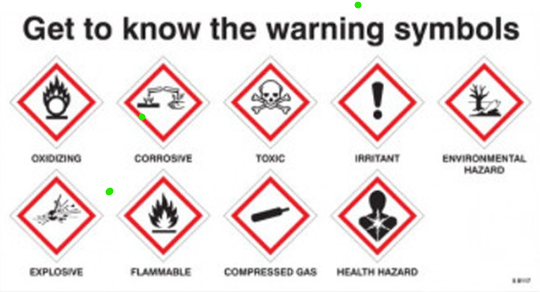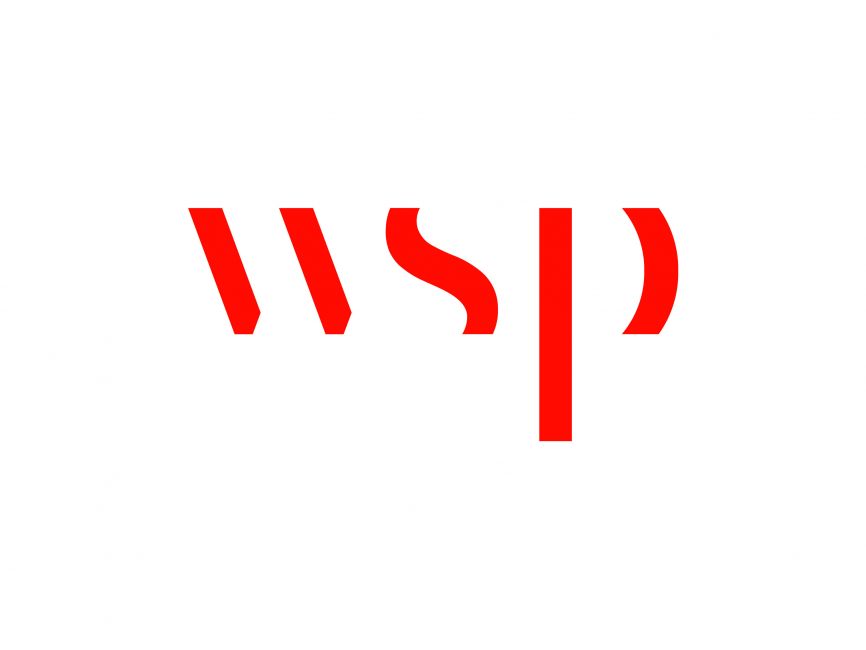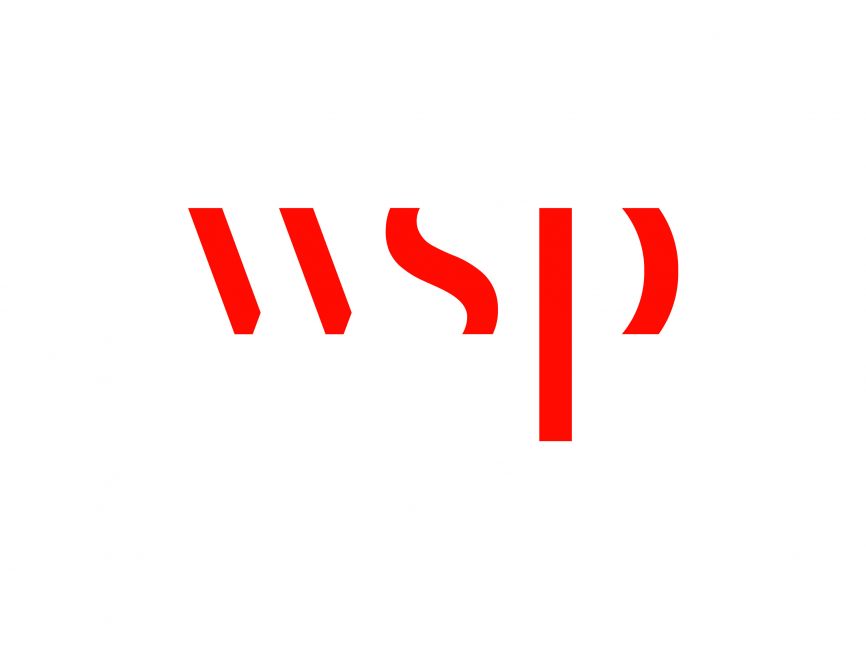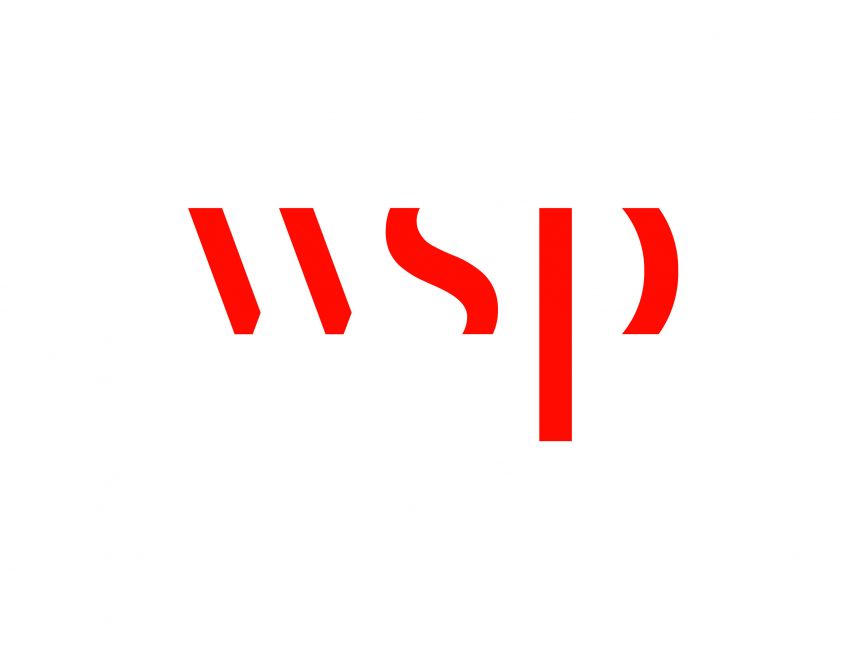Title Page
-
Site conducted
-
Conducted on (Date and Time)
-
Auditor Name
-
Supplier Name
-
Operative Name(s)
Guidance
-
Whilst the Supply Chain are responsible for supervising their own work and ensuring it is completed safely, by competent engineers, with appropriate levels of training, skills and behaviours WSP also need to monitor our suppliers. This to ensure they are complying HSE Standards and that we fulfil our obligations under various pieces of health and safety legislation and to ensure they are not endangering themselves, WSP staff or visitors. Supplier Safety Spot checks are one way in which WSP CRE can monitor its suppliers, check on the work that is being done and how, and resolve any problems that may be identified, it acts as a 'snap shot in time' of performance. The data gathered will also enable WSP to identify improvements and learnings. Completion Guidance The first objective is to ensure that the supplier and the operatives can evidence they have basic controls in place. You are not responsible for the adequacy of this, the supplier is. In the event you are identify serious breaches in Health & Safety Standards on any Instant site you are empowered and authorised to stand works down with immediate effect. Escalate this to the Account Manager and the OCS Health & Safety team for further support.
Supplier Safety Spot Check Question Set.
-
Describe the work being carried out.
-
What task is being undertaken, e.g. the PPM (planned preventative maintenance) or scheduled improvement works, or what reactive maintenance or cleaning task is being undertaken and which assets or building fabric does the work relate to. Include a picture of the work area or asset. Record how long the task is expected to take to complete.
-
Are the works Planned or Reactive?
-
Planned - agreed in advance, forms part of an ongoing periodic schedule.
Reactive- does not form part of a planned schedule, asset failure or damage has occurred to create the need for the operatives visit. -
Have all operatives signed in and made themselves known to the PiC?
-
PiC is the Person in Control, i.e. Security, Reception, Client or LL (Instant) representative. All supplier operatives must sign in to the premises and comply the sites signing in/out arrangements.
Answer Yes, if you can verify that the operative has signed in, answer No if there is evidence of the operative signing in. Answer N/A in the rare circumstance there are no visitor measures/PIC on site. -
Is the operative aware of the emergency procedures for the site, and any site specific Health & Safety rules?
-
Question the operative on emergency arrangements, such as where are the fire exits located for the demise, where is the fire muster point? If there are any site specific rules that the operative needs to follow check that they are aware of these, i.e. they can provide you with an overview of the information they have been provided with upon arriving at site.
Answer Yes, if the Operative can confidently answer your questions. Answer No if they are cannot provide suitable responses. Answer N/A in the rare circumstance there are no visitor measures/PIC on site to provide this information. -
Does the operative(s) have evidence of the competency to carry out the works being undertaken?
-
For skilled professions operatives should be able to evidence proof of competency, in this instance professional training through a recognised skills card or professionally awarded/accredited training course.
Select Yes if the operative can provide evidence, select No if the operative cannot provide evidence, select N/A if the operative is undertaking unskilled work e.g. basic cleaning tasks, painting and decorating etc. -
Are there works being undertaken by the operatives on site that require a permit to work process to be implemented?
-
Is the operative adhering to the site permit to work (PTW) process? If a permit has not been generated, stop the works until this is rectified.
-
WSP and OCS require the following permits systems to be developed and in use on all sites, see below list. Note the Landlord may have additional requirements which should be considered when answering the question. Answer Yes if a permit is in place, Answer No if a permit is not in place and one of the below tasks is taking place. Answer N/A if works not requiring a permit are taking place.
1. Hot Works (e.g. welding, brazing, grinding, or flame cutting)
2. Roof Work
3. Permit to Dig/Break ground/Excavate/ Breaking into slab.
4. Confined Spaces
5. Work on Pressure systems
6. Work on High Voltage Electrical Systems or access to HV enclosures.
7. Work on or near live electrical equipment / systems
8. Isolation of the Fire Alarm or Sprinkler System.
9. Permit to lift (Crane / Excavator lifting operations)
10. Permit to erect/ strike temporary works.
11. Permit for Work involving known interaction with asbestos.
12. Work with high-risk chemicals and substances
13. Work at Height, over 6ft from ground level.
A permit may also be required in the following circumstances:
14. Any task where the specific risk assessment has identified a high residual risk.
15. Tasks where there is a transfer of work and/or responsibility from one group to another.
16. Non-routine tasks where two or more individuals or groups need to co-ordinate their activities to safely complete a task -
Does the operative have a task specific Risk Assessment/ Job Safety Analysis and / or Method Statement.
-
Are control measures highlighted in the Risk Assessments being followed?
-
A risk assessment will set out the hazards, risks and controls associated with a work task.
For planned, preventative tasks a general, pre-prepared risk assessment or Job Safety Analysis will usually be available to the operative.
For reactive tasks and for more complex preventative tasks the operative should perform and record a dynamic risk assessment based on the tasks and the nature of the work environment.
Method statements will describe in a logical step by step manner how a task will be performed, these should be available for complex planned work.
Answer Yes, if the operative can provide one or both documents, check that it relates to the work being undertaken and not another task. Answer No if the operative cannot provide a risk assessment (either general or dynamic) or it is not relevent to the tasks . -
The risk assessment will set out the basic controls the operative should implement to ensure the health and safety of themselves and others. Sample 2-3 control measures from the risk assessment to assess if they are being followed.
-
Are all operatives wearing as PPE as stipulated by their risk assessment?
-
Review the Risk Assessment for PPE requirments, answer Yes if the operative is wearing whats described in the R/A, answer No if they are not wearing the PPE described in the R/A. Answer N/A if no PPE is required in the R/A.
-
Is work at height being undertaken?
-
Is the work at height equipment appropriate for the task being carried out?
-
The work at height equipment should provide adequate protection from falls for the operative, and protection from falling equipment or tools for anyone working in the area. It should be of a suitable to height to enable the operative to work without overreaching or using the top 2-3 steps of a ladder and they should be able to maintain three points of contact.
-
Is the work area suitably barriered off or restricted to prevent unauthorised access?
-
Answer Yes, if the area is suitable barriered off, answer No if the area is not restricted and presents an unsafe condition for people working on site. Answer N/A if the work area or task is discreet and does not require access restricting. E.g. Lift servicing and examination should always be restricted, where as servicing a fire extinguisher is unlikely to require this.
-
Is the work site safe and tidy with tools and materials stored appropriately and as not to cause obstruction?
-
Answer Yes if the work area is tidy, materials are stored safely and are not presenting a trip hazard or other obstruction. Answer No, if the area presents a likely hazard to other occupants.
-
Are fire exits and means of escape clear from tools, materials and debris?
-
Review the work area and assess if the work area restricts clear routes of access to escape routes, and alternative egress routes have not been implemented. e.g. directional signage/ operative working from a ladder would in the event of a fire move the ladder to enable safe evacuation. Review local fire exits, check that the supplier has not left materials in the fire exit lobby & escape stair route.
Answer Yes, if they are clear, answer No if access has been restricted and would impede occupants. Answer N/A if the work area or task is discreet and has not restricted access. -
Are Portable Appliances (equipment and extension leads) in a safe condition?
-
Check for signs of damage on the equipment, burns marks, broken casing, exposed wiring.
Answer Yes if equipment visually appears to be in a good condition, the operative may also be able to evidence that teh appliance has been recently test, photograph this evidence. Answer No, if the equipment is in poor condition / has obvious signs of damage, pause the works until the operative can replace this. Answer N/A if no appliances are being used. -
Does the premises have or could have Asbestos Containing Materials?
-
Have all operatives checked and signed the asbestos register?
-
Is the asbestos survey for the site suitable and relevant to the work being carried out in its location?
-
Does the Operative(s) have up to date asbestos awareness training?
-
Based on your knowledge of the site, you should be aware if ACM's were identified and are present in the premises. Answer Yes, if the premises has ACM's, Answer N/A is the building does not contain ACM's.
An up to date survey will be dated within the last 12 months and have surveyed the area in which the works are taking place, reviewing this to confirm the area is not known to contain ACM's should be sufficient to enable the operatives to proceed with their planned works.
Request the operative evidences they have recieved Asbestos Awareness Training. -
Are Hazardous substances being used by Operatives as part of the task?
-
Are Risk Assessment and Date Sheets (MSDS) available for all hazardous substances being used by operatives?
-
Hazardous substances should have a specific risk assessment relative to the substances and how it will be used. It should be accompanied by a Safety Data Sheet, which provides details information on the product. Answer Yes, if the operative can provide the hazardous substances risk assessment check that it relates to the substances being. Answer No if the operative cannot provide a hazardous substances risk assessment or it is not relevent to the substances being used. Answer N/A if the operative is not using any hazardous substances.
-
Are control measures highlighted in the Hazardous Substances Risk Assessments being followed?
-
Are all operatives wearing the appropriate PPE as stipulated by the hazardous substances risk assessment?
-
Any other comments, or significant or notable hazards?
Supplier Safety Spot Check - Sign off
-
Auditor Sign Off
-
Operative Sign Off
